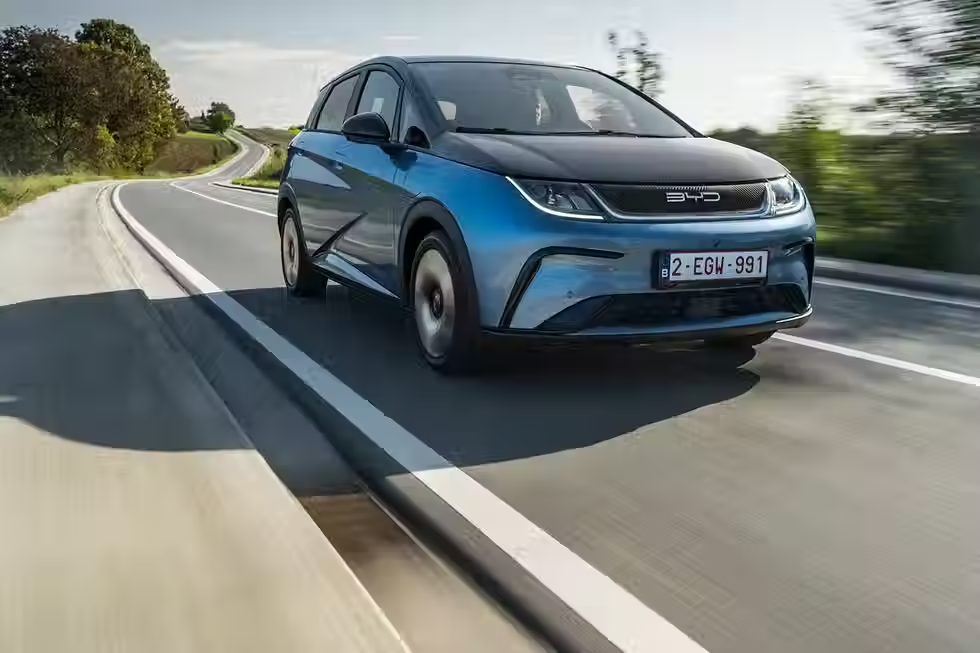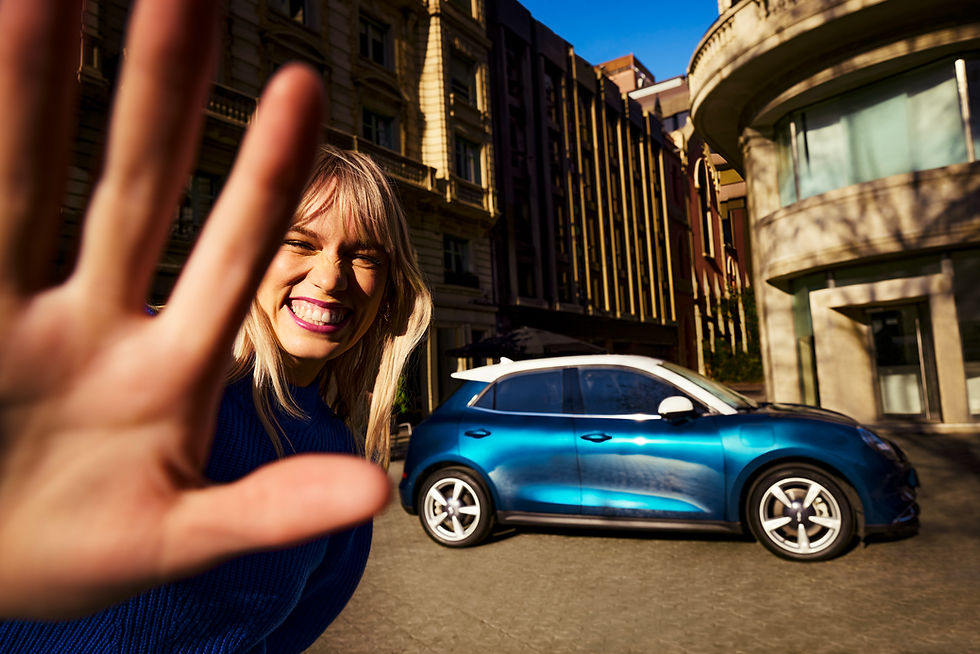Affordable EVs. The should be Best Sellers that aren't.
- Anthony MacLean | Boost Auto
- Sep 11, 2024
- 4 min read
In 2021 I predicted that the BYD Dolphin and GWM Ora Cat would be game changers for New Zealand's and Australia's consumers, and at the same time for electrification. Both products promised to be affordable electric cars, with purchase prices and running costs that drivers of petrol cars could have only dreamed of.
They would offer space, tech, economy and fun to drive dynamics at significant cost advantage over ICE powered vehicles.
Was the Boost Auto prediction wrong (spoiler, it was, by a mile) and why did consumers not embrace these electric game-changers?
The BYD story is a little messy. It started with Australia's Nexport, which became EV Direct, which was to adopt a direct-to-consumer model like Tesla, and farm aftersales out to a third party, myCar (formerly K-Mart Tyres). That deal didn't last long until Eagers Automotive came onboard with a 49% stake to form BYD Automotive. Then in NZ Ateco got the rights to distribute, as a sort of sub-distributor to Nexport.

However, Australia was promised EA1, as Dolphin was then known as, for, “well under A$35,000,” according to CEO Luke Todd. What happened to that car? Well Dolphin became $38,890 in Australia. That's quite a way from the indicated "well under $35,000".
Secondly, in addition to being over-priced, the car was under-specified. Consumers are smart, especially in the EV arena and as any dealer selling new BEVs will tell you, they do a LOT of homework. Dolphin comes with a 45-kWh battery and has a power output of 70 kW. Compare this with MG4, with a 51-kWh battery and a maximum power of 125 kW. Today, in Australia these cars are $39,241 and $40,996 driveaway (NSW) after the recent price cuts. At launch they were similar too. Consumers can see this, and because they do a lot of homework, they weren't convinced by BYD's proffered value proposition. Which is a shame because Dolphin is a mighty fine car, and at the right price locally and across the pond it would have been a real winner.
BYD do know how to offer a winner. They've launched Dolphin successfully in lots of markets, and locally Atto 3 was a winner too. More spec, more room and a little more sophisticated and only a small step up in price than its rival MG ZS EV, BYD was on the money with Atto 3. Its sales results demonstrated this too.
Here's the thing - a base BYD Dolphin in China starts at $13,865 USD (with a smaller 32 kWh battery), and by its second birthday had sold 462,000 units globally.
GWM's Ora had a similarly complex start. Initially called the Ora Cat (or the Funky Cat, or Good Cat), now the GWM Ora (Ora is actually a brand in China and it has a raft of curvy models), this was another disruptor car promised to the NZ dealer network to be in the low $30's (NZ pricing). Featuring a 105 kW electric motor (peak) and a 50 kWh battery, the car was initially delayed as the local team were told that an imminent update would make the car a connected car. The advance car that was sent here looked amazing with its cross hatched green leather(ish) interior. The Chinese automotive sector are very excited about connected cars. The public here remain somewhat sceptical of the value of being watched (a blog for another day).

As often happens, a cool product concept, great specification and a great price point often gets watered down over time (Mercedes-Benz X-Class anyone?). It was death by a thousand cuts.
Available at launch in late 2022 in China at $15,600, with a $3,200 USD launch incentive, the rather bloated local model lost its cute / cool spot in ANZ markets by becoming $49,990. It's not like GWM couldn't have foreseen the issues. In Sweden it was offered at $39,950 USD (they sold 12 in 2 months) and in the UK they were $31,990 GBP (they sold 26 in 2 months). And despite the delay, the car wasn't connected after all.
This is a great reminder to both brands, that you only have one chance to launch a product, and you must launch it well. China's domestic brands (and locally Kia) are the benchmarks for model launching; do a pre-sale campaign, build excitement, offer VERY aggressive launch pricing, put the price up if demand is too strong.
Conversely, launching with a 'hope and see' launch price and then reducing the price hurts your brand advocates, and condemns you to wasting 12 months volume, and wasting marketing dollars. After all, the early adopters are the consumers who you ought to be courting. These are the customers that are brave, and they should be rewarded for being brave and supporting your brand. They should not be punished.
In 2023 none of these two models were a disaster, it's just that they spectacularly failed to deliver the volume they could have. In comparison, the similarly priced MG4 stole the show.

The sad lesson here is that there was room for all three models but perhaps now there isn't. They all have different strengths, they should have had different price points, and they all deserved to have been a roaring success for their respective brands and for consumers. Now that sentiment has dramatically cooled thanks to our short election cycles and political football, it might be almost impossible for these models to regain their rightful and significant place in the market.
Registrations | ORA | MG4 | DOLPHIN |
|---|---|---|---|
2023 FY | 442 | 1793 | 484 |
2024 YTD AUG | 1 | 163 | 105 |
That's a loss for consumers, our emissions reductions goals and of course the brands itself. But cheer up. Now that consumers have been scared to death by RUC there are astounding bargains to be had. An Ora for about $25K pre registered (and even an MG4 for $36K). If only the brands had been brave enough.

Comments